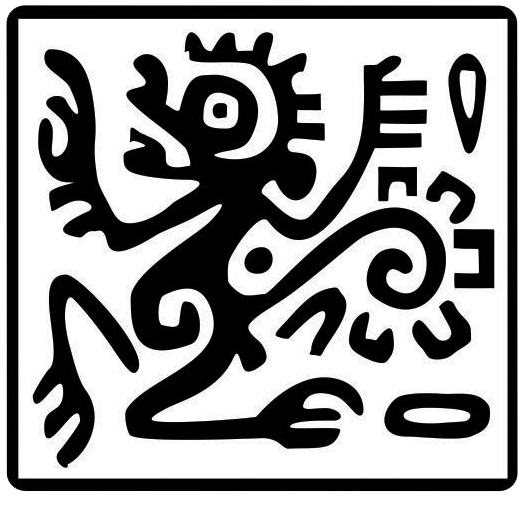First records of road-killed mammals in the state of Sinaloa, México
Abstract
The present research was conducted given the lack of data on the impact of motor vehicle traffic on wild animal populations. The present study aimed to assess the number of mammal road kills in Sinaloa, México. Roadkill records were obtained through field trips along roads, the NaturaLista web page, and citizen reports. Eleven mammal species were identified, importantly including some species listed in a conservation status, such as the jaguar (Panthera onca), ocelot (Leopardus pardalis), and badger (Taxidea taxus). Forty-five collision events were recorded on roads running across the south-central region of the state, from February 2019 to June 2021. The species with most records were the coati (Nasua narica), opossum (Didelphis virginiana), and lynx (Lynx rufus). This work is the first to record mammal mortality due to road collisions with vehicles and highlights the need to allocate greater resources to this line of research, which arises from the importance of wildlife conservation and the safety of road users.
Copyright (c) 2022 Therya Notes

This work is licensed under a Creative Commons Attribution-NonCommercial-NoDerivatives 4.0 International License.
THERYA NOTES is based on its open access policy allowing free download of the complete contents of the magazine in digital format. It also authorizes the author to place the article in the format published by the magazine on your personal website, or in an open access repository, distribute copies of the article published in electronic or printed format that the author deems appropriate, and reuse part or whole article in own articles or future books, giving the corresponding credits. The Creative Commons CC BY-NC-SD license is used.![]()










